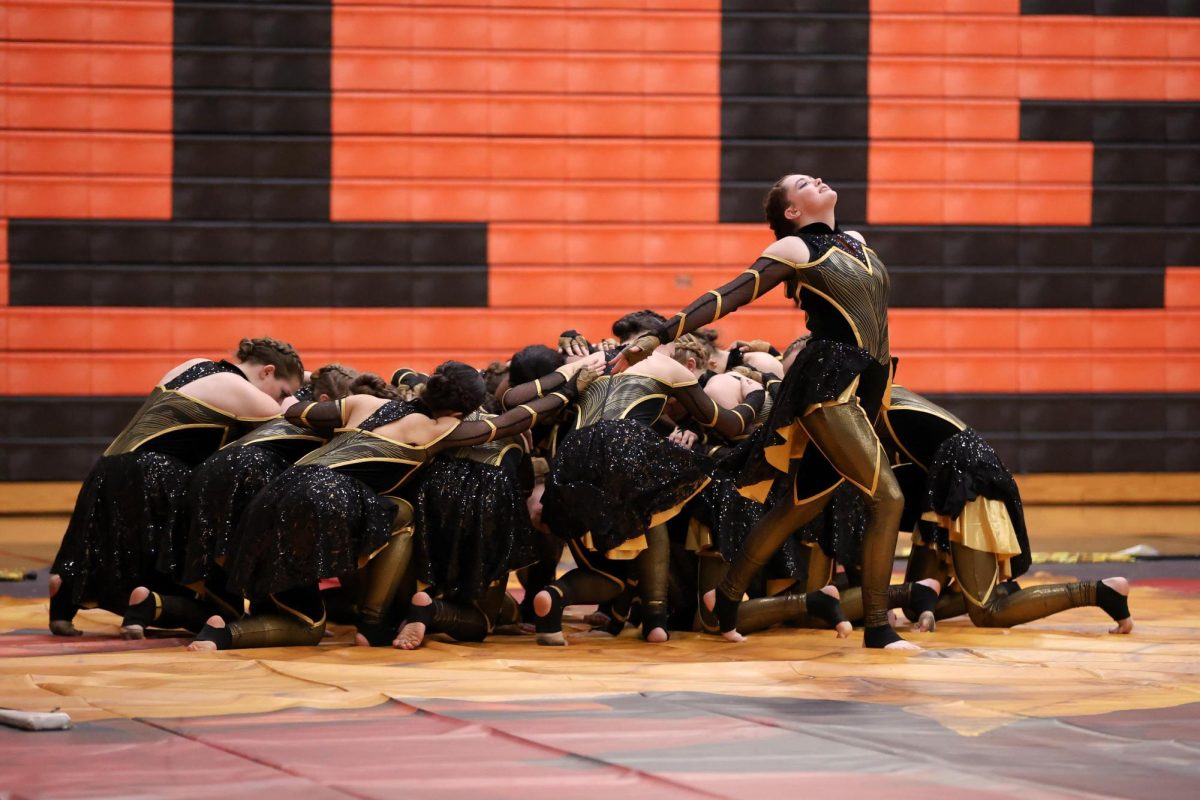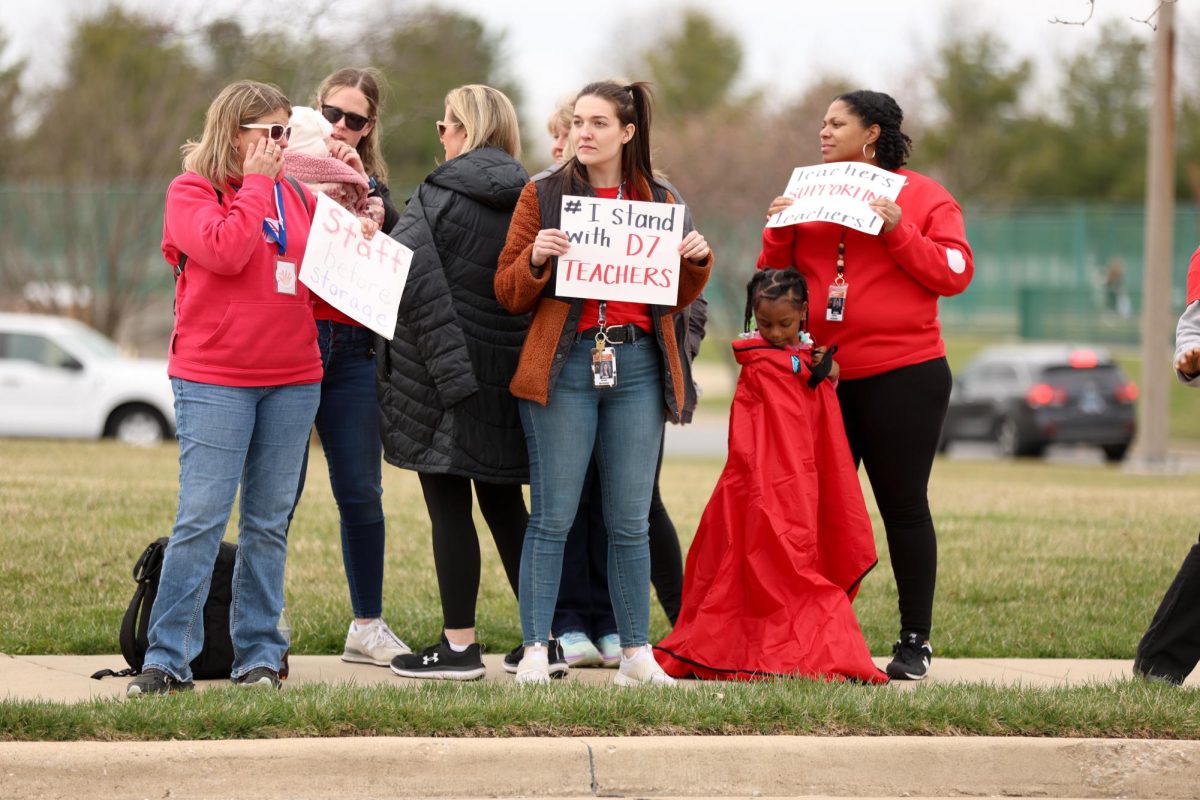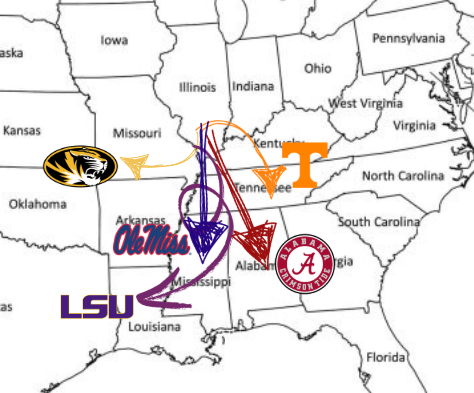Earth Day Offers ‘Nonpartisan’ Scientists a Voice
April 27, 2017
Spring was in full swing on April 22, 2017. There was a deluge of rain, but growth was evident everywhere on the holiday created to encourage public awareness of the environment.
On the 47th Earth Day, citizens across the country were offered a multitude of activities and events to inspire appreciation for the earth, but the central affair took place on the National Mall in Washington, D.C.
The March for Science included keynote speakers like Dr. Mona Hanna-Attisha (the pediatrician who exposed the Flint, Mich. Water crisis), Lydia Villa-Komaroff (the woman who contributed to the production of insulin from bacteria) and Bill Nye the Science Guy (author, engineer and TV personality), Nicholas St. Fleur of the New York Times said. But D.C. wasn’t the only hub of environmental activity. CNN journalists Laura Smith-Spark and Jason Hanna reported over 600 satellite marches globally.
This year’s march supported scientific research, a topic which some believe the commander-in-chief has worked to abuse (according St. Fleur). But many marchers endeavored to maintain an objective approach.
“Science has always strived to remain nonpolitical, nonpartisan—and we’re still striving for that,” Liz Homsey, a co-organizer of the Chicago March for Science, told Chicago WBBM-TV. “Every single scientist at this event feels that it is much more pro-science than anti-anything.”
Although many marchers saw this event as a way to protest Trump’s threat to cut funding to scientific research centers, Smith-Spark and Hanna said a strictly non-partisan environment was maintained: scientific discoveries were “lauded” as the driving force for humanity’s continued success, and all policy-makers were encouraged to increase their awareness and push for environmental research (specifically climate change).
“These marches are brilliant,” Roger Morris, professor of molecular neurobiology at King’s College London, told Smith-Spark and Hanna. “[They’re] a spontaneous, global response led by young scientists empowered by social media, keenly aware of the global challenges that need to be addressed if their world is to have a civilized, sustainable future.”
Though these marches were meant to act as an educational opportunity detailing the effects of global warming, Smith-Spark and Hanna said. They became a tool used to remind citizens of the importance of science in their everyday lives.
“We need to build a global citizenry fluent in the concepts of climate change and aware of its unprecedented threat to our planet,” Earth Day Network’s website said. “We need to empower everyone with the knowledge to inspire action in defense of environmental protection.”











